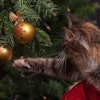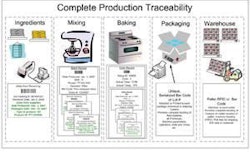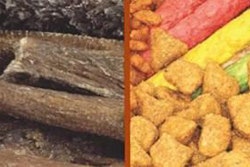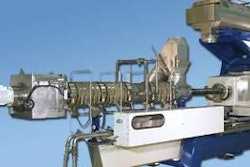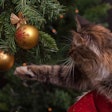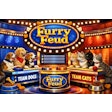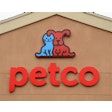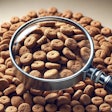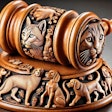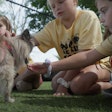In dogs, feces quality and nutrient digestibility are affected by different types of cellulose. This study investigated whether there are comparable effects in cats. Seven adult, healthy cats were fed a moist, commercial, complete cat food with three different cellulose types added at a level of 4% for one week.
Feces quality was between 1 and 3 on a scale of 1 to 5. The addition of long fiber cellulose resulted in significantly firmer feces. Addition of cellulose decreased the digestibility of dry matter and energy; the impact on protein and fat digestibility was not significant. The type of cellulose affected fecal bulk and fecal water excretion.
Excretion of sodium and potassium was exponentially correlated to fecal water, bulk and, to a lesser extent, dry matter excretion. Fecal calcium, magnesium and phosphorus excretion showed an exponential correlation to fecal dry matter excretion. A weaker correlation existed in all three elements to fecal bulk, whereas the effect of fecal water excretion was small. Results suggest a remarkable likeness between cats and dogs with regard to the digestive physiology of major minerals.
Source: L. Prola et al., 2010.Influence of cellulose fibre length on faecal quality, mineral excretion and nutrient digestibility in cats. JAPAN 94:362-367. doi:10.1111/j.1439-0396.2008.00916.x
